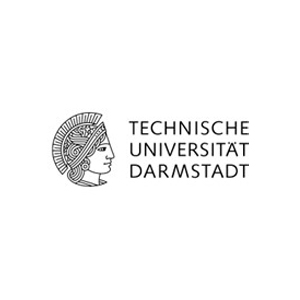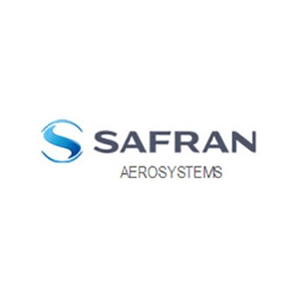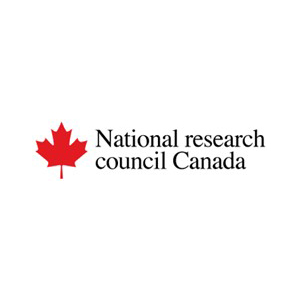TRACES
—
TRAining the next generation iCE researcherS
TRACES
—
TRAining the next generation iCE researcherS
Next event: Second Training School
TS2 will be held at TUBS, September 23-27
TRACES
TRAining the next generation iCE researcherS
Doctoral Network
In-flight ice accretion occurs when an aircraft flies through a cloud of supercooled droplets, namely, their temperature is below freezing but they are still in the liquid phase.
Depending on flight conditions and wall temperature upon impact with the surface this water can freeze or remain liquid forming a thin liquid film. The problem is inter-disciplinary by nature. Icing and de-icing phenomena result from the interplay of several elementary physical processes and their modelling requires the use of several sciences: meteorology, material science, aerodynamics, fluid mechanics, solid mechanics, thermodynamics flight physics, power management and control, etc.
Aircraft icing can lead to a reduction of visibility, damage due to ice shedding, blockage of probes and static vents, reduced flight performance, adverse aerodynamic effects, engine power loss, etc. These in-service events in turn can lead to major disruption of air operation and aircraft maintenance.
In EASA’s 2019 annual report, in- flight icing was identified as a priority 1 issue for large aeroplanes. Therefore, to comply with certification rules, airframes and engine manufacturers must demonstrate safe operation under icing conditions which leads to significant costs before the new product is put into service. Wind tunnel tests and flight tests in icing conditions are usually required due to the low confidence of certification authorities place in simulations, due to the complexity of the icing process.
A breakthrough, leading to a reduction of time-to-market and certification costs, would be obtained by creating a consensus among certification authorities about the reliability of simulation tools for predicting in-flight ice accretion and the operation of IPS.
TRACES is a European Joint Doctorate network whose main goal is to provide high-level training in the field of in-flight icing to deliver a new generation of high achieving Doctoral Researchers (DR) in the diverse disciplines necessary for mastering the complexity of ice accretion and its mitigation in aircraft and aeroengines.
Partners
Beneficiaries
Industrial Partners
Advisory Board
Marie Skłodowska-Curie Actions (MSCA) European Joint Doctoral Network TRACES
The TRACES seminar series has been launched! Two seminars will […]
Marie Skłodowska-Curie Actions (MSCA) European Joint Doctoral Network TRACES























